By Adriano R. Tonelli, MD, and Raed A. Dweik, MD
Cleveland Clinic is a non-profit academic medical center. Advertising on our site helps support our mission. We do not endorse non-Cleveland Clinic products or services. Policy
Pulmonary arterial hypertension (PAH) is a condition characterized by narrowing of the pulmonary arterial vessels that, if left untreated, leads to right heart failure and death.
Several systemic diseases are known causes of PAH, including scleroderma, cirrhosis with portal hypertension and congenital heart diseases. There are two particular subgroups of PAH — idiopathic and heritable — that have traditionally been associated with an isolated pulmonary vascular involvement. Although it is well-documented that patients with idiopathic or heritable PAH have pulmonary vascular dysfunction, preliminary data suggest that there may be a degree of systemic vascular involvement.
We are particularly interested in studying the precise nature, extent and significance of the systemic vascular involvement in PAH. We have recently shown that the sublingual microcirculation of patients with PAH is characterized by a lower sublingual microvascular flow index (a semiquantitative measure of the capillary flow) and a higher capillary tortuosity when compared with age- and gender-matched healthy controls. The sublingual microcirculation was assessed using a handheld video capillaroscope system, which used oblique profiled imaging (angled illumination with higher-intensity light projected outside the field of view).

Figure 1. Sublingual capillaroscopy in a patient with PAH. The microcirculation is illuminated with a special light that creates a high-contrast image of flowing red blood cells in these superficial vessels. Red blood cells are seen as dark structures and the white blood cells as gaps. Vessel walls are delineated by the red blood cells.
We are currently evaluating the skin microcirculation in patients with PAH using laser Doppler. This technology measures the local microcirculatory blood perfusion based on degree of change in the laser wavelength when it hits moving objects, a phenomenon called Doppler shift.
For this test, we attach the integrated electrode containing several laser beams to a selected area in the anterior aspect of the forearm. Once baseline microvascular perfusion is obtained, we challenge the local circulation by increasing the skin temperature or briefly occluding flow. With increases in skin temperature to 44°C, the microvascular perfusion increases several fold, and this variation is measured as the percentage change in perfusion units. The vasodilation noted with hyperemia relies on the local endothelial production of nitric oxide, which is a diffusible gas with a central role in the pathobiology of PAH.

Cutaneous laser Doppler perfusion measured at the forearm in a patient with pulmonary arterial hypertension.
Upper panel:Thermal hyperemia: the temperature of the electrode is increased to 44 degrees centigrade (red line) with an associated increase in perfusion units (PU) (blue line) over 10 minutes.
Lower panel: Post-occlusive reactive hyperemia: an arm cuff is inflated for 4 minutes above systemic arterial pressure. Upon rapid deflation, the forearm laser Doppler probe detects a sudden increase in the cutaneous perfusion units (PU). Usual determinations are shown with letters.
In a different area of the same forearm, we determine the skin microvascular perfusion before, during and after inflation of an arm cuff at 200 mm Hg. During this challenge, the perfusion units decrease during vascular occlusion and increase several fold above the baseline level when the cuff is rapidly deflated. Several measurements are obtained, including the percentage change in perfusion from the biological zero (residual signal when circulation is occluded) to peak flow following the release of occlusion. The two main contributors to the increase in microvascular perfusion during this test are metabolites of cytochrome P450, i.e. epoxyeicosatrienoic acids (EET), and prostaglandins, which are involved in the pathobiology of PAH.
Results of our investigations support the notion that PAH is a systemic vascular disease predominantly affecting the pulmonary circulation. It remains to be defined whether the systemic vascular involvement correlates with disease severity or response to therapy. If the latter were the case, it would certainly facilitate the evaluation and treatment of these patients, given that the cutaneous microcirculation is more easily accessible than the pulmonary vasculature.
Dr. Tonelli is an associate staff member at Cleveland Clinic’s Respiratory Institute who is currently supported by a KL2 grant from the National Institutes of Health.
Dr. Dweik is Director of the Pulmonary Vascular Program.
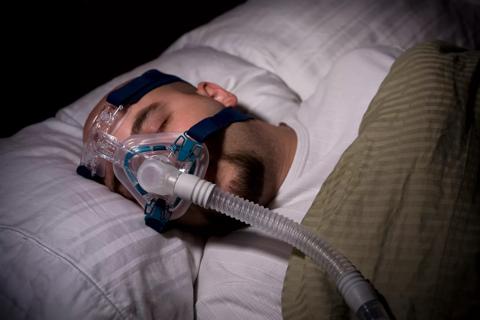
A review of conservative, pressure-based and surgical treatments for OSA
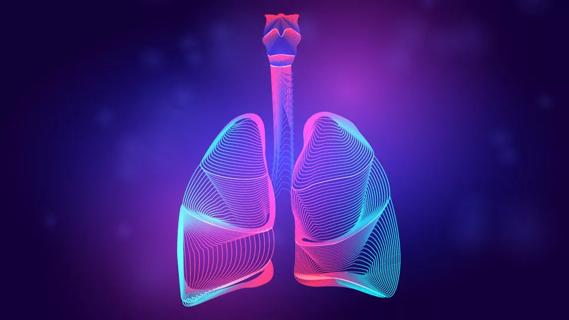
Volatile organic compounds have potential in heart failure diagnostics
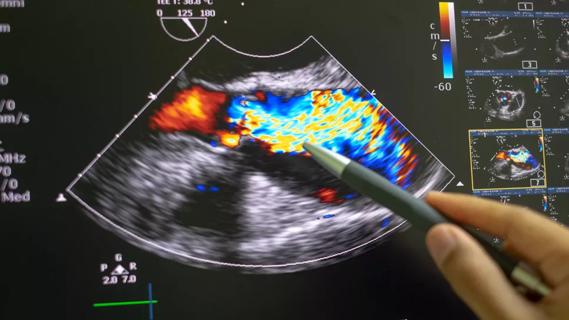
Insights for diagnosing, assessing and treating
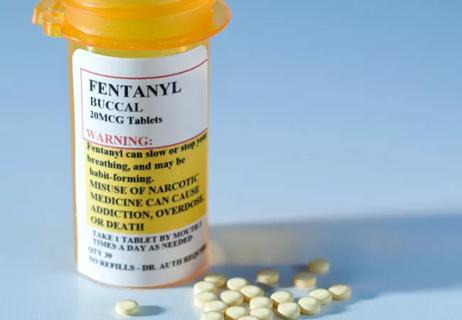
Two NIH grants are looking at developing new antidotes against fentanyl overdose
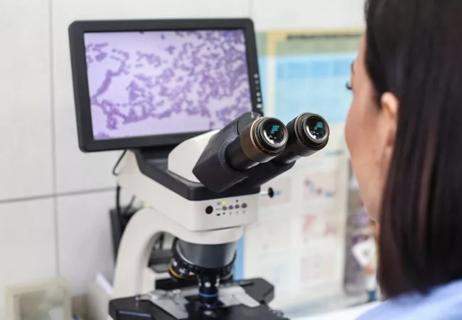
Exploring the responses to medications and other supportive therapies

A set of graphs helps quantify the expected changes in forced expiratory volume at one second (FEV1), forced vital capacity (FVC) and FEV1/FVC ratio with the new race-neutral equation

Because of the associated symptoms, a multidisciplinary approach to care is essential
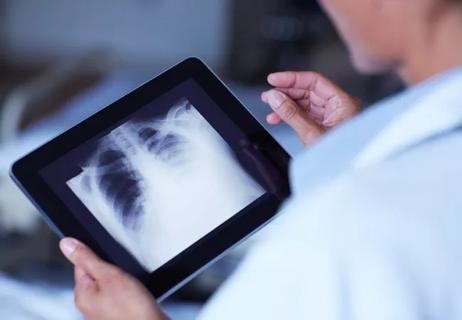
Patients with COPD are often affected by sarcopenia, but the underlying mechanisms for the development are poorly understood. New research looks into the causes and potential therapies